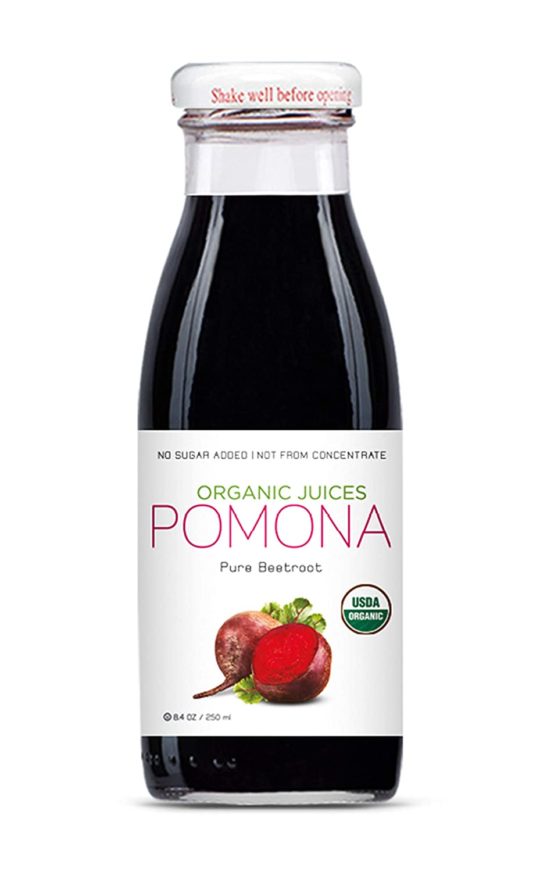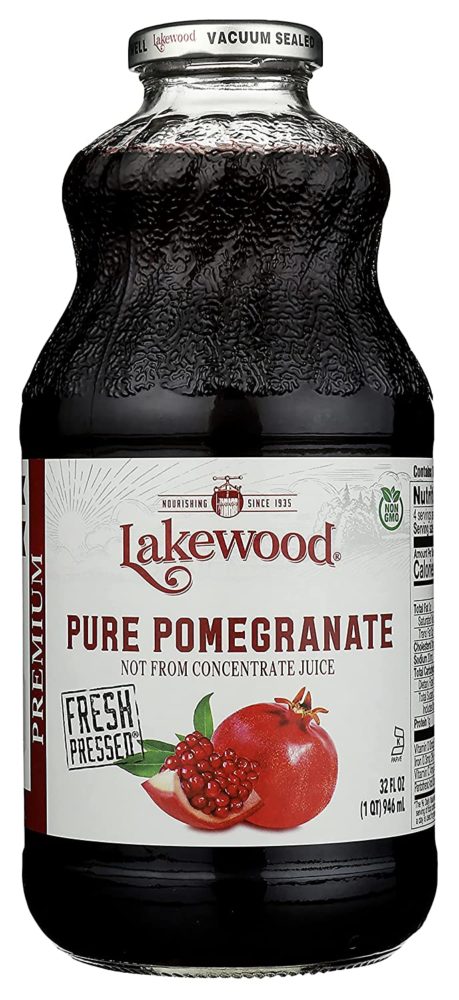Suppose you’re one of the people that find the luxurious red color of red velvet cake to be quite appealing. In that case, it might interest you to know that the reason for that color is the addition of red food coloring. Food coloring agents are added to many different food items for various purposes. Some are added to enhance the appeal, compensate for the color loss in the production or storage process, or correct/enhance natural colors in food items.
Whatever the reason for introducing food coloring into meals, they make an excellent addition to meals to enhance their appeal. What happens, however, if you have no red food coloring for use in your recipes?
Natural substitutes for red food coloring can replicate its effects in recipes. These substitutes can be introduced into meals in different ways to achieve the overall effects expected of red food coloring. However, they give good results when used in the right methods.
What is red food coloring?
Any chemical substance that imparts color when added to food or drink is a food coloring or color additive. Food coloring agents are available in various forms, including liquids, powders, gels, and pastes.
People link different colors with certain flavors. For example, food color can influence how something like sweets or wine is perceived. The intent, in some cases, is to replicate a hue that the customer perceives as natural, such as adding red coloring to glacé cherries (which would otherwise be beige), while other times it is for impact, such as the green pepper launched in 1999 by Heinz. Foods contain color additives for a wide variety of reasons.
Food coloring is used in both commercial and household food production. They are also utilized in cosmetics, pharmaceuticals, home craft projects, and medical gadgets, among other non-food applications.
Uses of red food coloring in recipes
Food color additives are used for a variety of purposes. In some cases, the goal is to improve the appearance, appeal, and educational value of food; to compensate for the color loss due to light, air, temperature extremes, moisture, and storage conditions; or correct natural color differences and enhance colors that exist naturally.
Food colorants also boost color to colorless and “fun” dishes and allow customers to recognize products based on their appearances, such as candy or prescription dosages.
Some of the recipes in which red food coloring is used include:
- Red velvet cake
- Rainbow pancakes
- Bright red buttercream frosting
- Red royal icing
- Red velvet brownies
- Homemade rainbow bread
- Rainbow grilled cheese
- Colored pie crust
- Rainbow ice cream
- Rainbow pizza
- Red velvet cookies
- Autumn leaves apple pie
- Rainbow pasta
- Sweet, sour sauce egg rolls
- Red lemonade
Substitutes for red food coloring
For example, food coloring is used in many cooking procedures such as baking to add color and variety to the baked cookies or cakes. Food coloring is a must-have ingredient if you’re baking a velvet cake or colored cookies. Red food dye, for instance, is used in velvet cakes to achieve its characteristic rich red hue.
But what if you’re in the middle of cooking a recipe and find you’re out of red food coloring? It would be good to try out one or more of our suggested alternatives if this ever happens.
You may try out one of the following options:
Pure beet juice
Beet is the first food item that springs to mind to achieve the most pleasant red color for your dishes. Depending on how much beet juice you apply, you can obtain a pleasant rosy red or deep red color. To create a good red hue, the juice from roasted beets can also be used in this regard.
Remove the root from three large red beets and slice them into bits. Please bring them to a boil over medium heat and then reduce to low heat. You’ll be able to get softer beats this way. Make sure to save the water because that will be used to color the recipe.
Beet Root Powder
Cranberries are another fruit that comes to mind that can give you a wonderful red natural hue. Only 2 cups of cranberries and enough water to cover them are required. Please place them in a pot and cook for 15 minutes on low heat.
After the berries have softened, mash them and set them aside for an additional 25 minutes. Then, strain the mixture once it’s finished. The berries themselves can also be saved for later use.
Pure pomegranate juice
Pure pomegranate juice can also be used to achieve a natural red color in your food. Introducing pomegranate juice into recipes is a great and relatively easy approach to achieving red.
In this substitution method, one and ½ cups of pomegranate seed should be added to ½ cup of water.
Put them in a pan and boil them. The water will turn a rich crimson color that can color a variety of recipes. Mesh the water using a strainer and keep it in a glass. You can also keep it in your fridge for later use.
Frequently asked questions (FAQs)
How can I make red food coloring?
To make red, mix pink food coloring with a few drops of black food coloring. In addition, you can make red by mixing beetroot powder with pink. You can achieve exactly the color you want by mixing your food coloring.
Is vinegar necessary for red Velvet cake?
The combination of buttermilk and vinegar and the cream cheese in the frosting gives the red velvet cake an acidic flavor. The cake’s sweetness will balance out the acidity. It also contains cocoa powder for a light chocolate flavor.
Can I omit food coloring in red Velvet cake?
The velvet element of the red velvet cake is the best part, not the color. Buttermilk, sugar, flour, cocoa, vanilla, and eggs make this luscious cake. Using no food coloring in red velvet cake thus allows the chocolate component to shine.
Conclusion
Various substitutes can work in place of red food coloring if you happen to run out of it in the middle of your cooking. The options we have suggested have the added advantage of being from natural and healthier sources. Such would make great additions to different recipes.
It is also important to remember that these options work in different ways. For example, the right methods should achieve the best results in your recipes.



